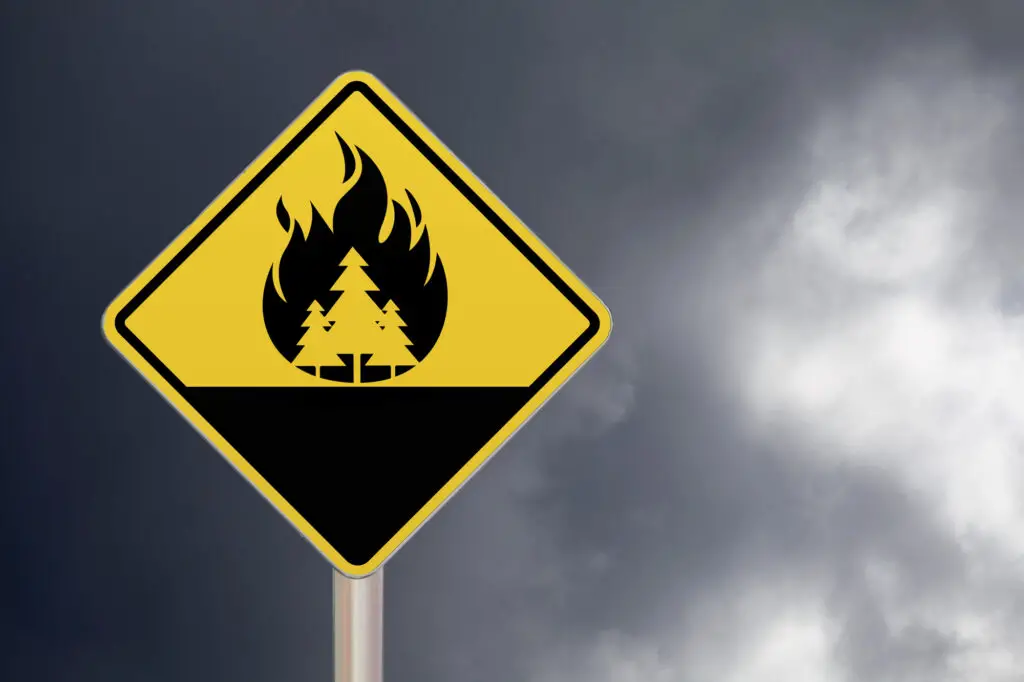 I was a little hesitant to write about this event while embers are still smoldering, but I concluded that there’s much to be said and done about this situation. My sister lost her house in Pacific Palisades. But she lost even more. The building in which she worked as a physical therapist is gone, so there’s no job. Her successful sideline business of many years—making jewelry and selling it on Etsy as well as through a number of local stores—is also gone. Her inventory and raw materials were burned up at her home. Personal and professional devastation is an understatement. Her story is repeated for thousands of others impacted by the California wildfires. The word “sad” doesn’t come close to expressing how I, and many others, feel about the situation. With that said, here are some of the ramifications for affected small business owners—and everyone else—to consider:
I was a little hesitant to write about this event while embers are still smoldering, but I concluded that there’s much to be said and done about this situation. My sister lost her house in Pacific Palisades. But she lost even more. The building in which she worked as a physical therapist is gone, so there’s no job. Her successful sideline business of many years—making jewelry and selling it on Etsy as well as through a number of local stores—is also gone. Her inventory and raw materials were burned up at her home. Personal and professional devastation is an understatement. Her story is repeated for thousands of others impacted by the California wildfires. The word “sad” doesn’t come close to expressing how I, and many others, feel about the situation. With that said, here are some of the ramifications for affected small business owners—and everyone else—to consider:
What affected small business owners face now?
- The business may be gone forever. I can still picture the restaurants and boutiques in Pacific Palisades that were there before the fire and can’t quite grasp that they are just ashes now. At this point, there is no way to determine whether a business can be restored. There are no utilities. It’s unclear how or when reconstruction can begin—Who is going to do the work? Where are the raw materials going to come from (and at what cost)?
- Some expenses go on. Just because a building is gone and a business is closed doesn’t end the obligation to continue making payments. If a business is damaged, rent may still be owed. Landlords may waive rent payments for a period of time. If the building is gone, a commercial tenant usually does not have to continue paying rent. Debt service on business loans continues. Deposits of employment taxes on wages to date must still be made even though the deadline for quarterly returns has been extended (explained below). Hopefully, there will be moratoriums on some payments (e.g., lenders may provide a 90-day or 180-day delay on required payments).
- Where are the customers? Businesses in affected areas may no longer have customers to service. This is especially true for restaurants and shops that relied on walk-by traffic. Will customers return, and when? The questions go on and on.
Is there any help?
After the shock and grief has subsided somewhat, it’s really important for affected small business owners to assess their situation and decide whether or not to move forward. For some, their dreams of having a business and building something that could eventually be a source for retirement income or an entity to pass on to the next generation are done, at least in the current location. I’m sure the entrepreneurial spirit that led to their startup may lead some of them to commence another venture, perhaps in another location.
Those who want to continue in business should review their options:
- Check on the availability of insurance proceeds. There may be payouts from their policies to compensate for the destruction of business property. This could take weeks or months to sort out. Those with business interruption insurance may be able to get immediate funds to carry on in another location. Best bet: Contact your insurance agent (if possible) or your carrier.
- Apply for SBA loans. If you want to continue in business, government financing will help. The SBA’s landing page for California wildfires provides links for determining the areas eligible for SBA disaster loans, the types of disaster loans for small businesses, and how to get help with loan applications.
- Use tax breaks. If you have losses not covered by insurance or reimbursed through other sources, you can take a disaster loss. You can opt to deduct a disaster loss on the prior-year return. You don’t have to wait to file your 2025 return; you can take the loss on your 2024 return. Also, the IRS extended the due date for income and employment tax returns of those impacted by the California wildfires to October 15, 2025, so you have time to put your tax thoughts together. Hopefully, your information is in the cloud or with a tax professional outside the affected areas.
For small business owners outside of the devastation
For small business owners not directly impacted by the California wildfires, there are still ramifications. You may have had vendors, contractors, or others in affected areas that can no longer do what you needed them to do. You obviously have to seek alternative sources.
Some businesses outside affected areas may have employees within them.
- Employers can help these employees with direct assistance. This financial assistance can be treated as tax free if reimbursing employees for reasonable and necessary personal, family, living, or funeral expenses as a result of this qualified disaster. Also tax free are reimbursements for reasonable and necessary repairs of a personal residence.
- Employers can create a leave-based donation program to help affected employees. Employees donate their unused personal time off (PTO) (e.g., vacation, sick, and personal days), which can then be used by employees that need paid time off. For example, say a business is in Brentwood, a suburban neighborhood in the westside region of Los Angeles, is fine but some employees live in Pacific Palisades and had homes destroyed. These employees may need the help that a leave-based donation program can offer. Currently employees who donate their PTO are still taxed on them, but there’s likely to be a special IRS announcement allowing for tax-free treatment if the employer donates an equivalent amount of cash before the end of 2025 to an organization providing disaster assistance for victims of the California wildfire.
And like millions of other Americans, you want to help. What can you do?
- Local businesses (those in Los Angeles) are offering help to evacuees and first responders.
- Big businesses nationwide are providing serious financial assistance.
- Anyone can donate to reputable organizations providing disaster relief. GoFundMe has a list of verified fundraisers.
Final thought
“Once you choose hope, anything’s possible.” ~ Christopher Reeve, actor and activist
It’s difficult to reimagine the devastated areas returning. But it’s helpful to remember the comeback of Lahaina following the fire in Maui in August 2023. At that time, it was the deadliest wildfire in U.S. history; 102 people were killed and thousands were displaced. One year later, it was reported that many businesses returned. The lesson here is one of hope and the real possibility of rebuilding on the ashes of the California wildfires. I’m sure in the coming weeks and months there will be more that everyone can do to help affected small business owners that lost so much.


